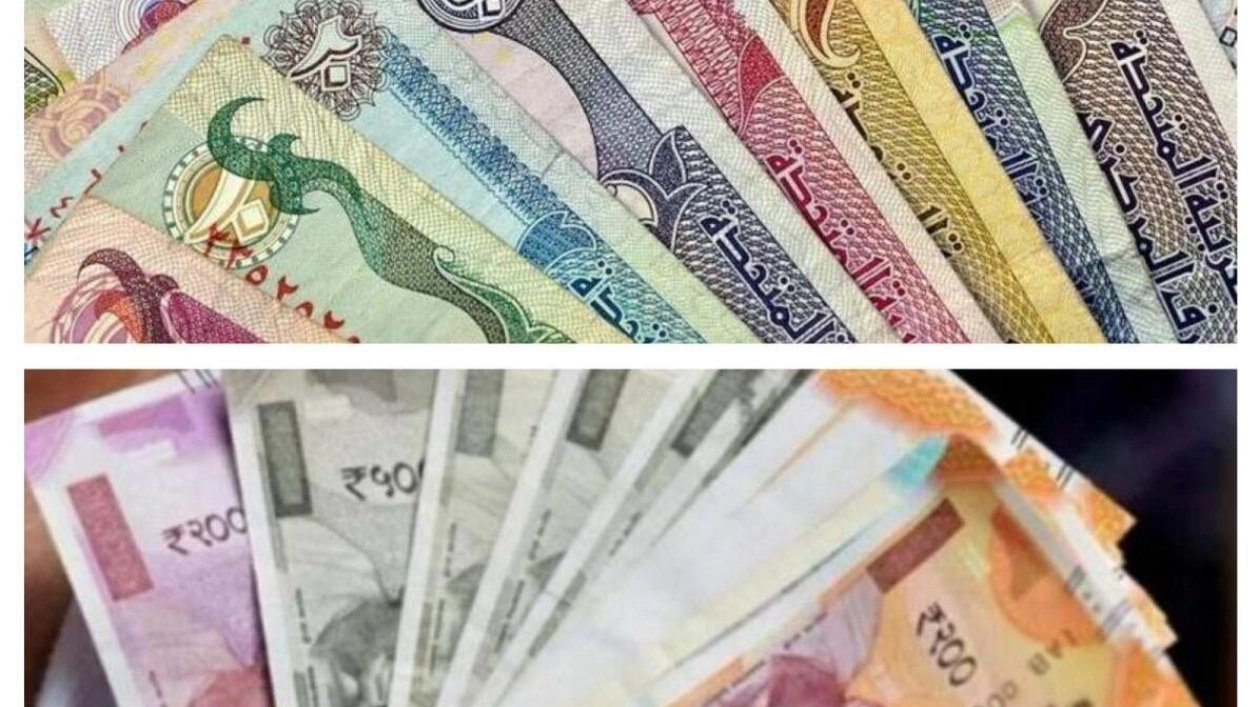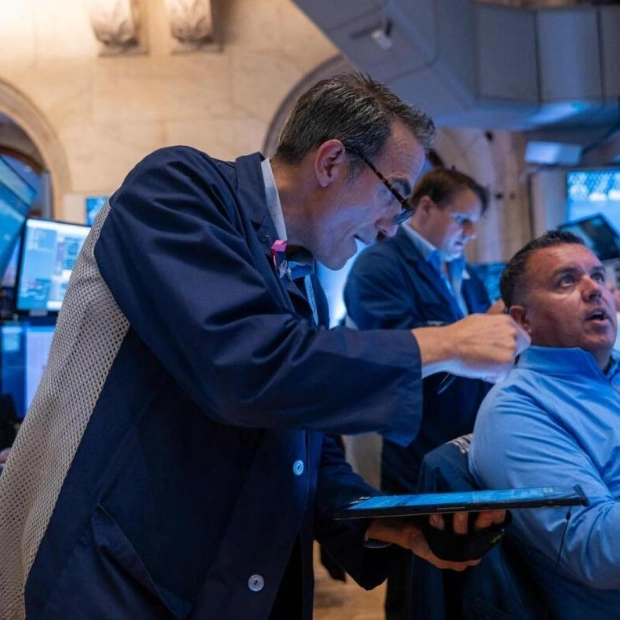India and the UAE share robust cultural and trade ties, highlighted by the UAE's first Comprehensive Economic Partnership Agreement (Cepa) with India. In July 2023, they formalized an agreement to conduct transactions in their own currencies, aiming to boost bilateral trade to $100 billion and establish a direct currency trading mechanism. This initiative initially targeted 20-25% of trade in local currencies, starting with an oil deal. India's trade deficit with the UAE stood at $21.62 billion in 2022-23, representing 8.2% of its total deficit. Bilateral trade surged by 16% to $84.5 billion in 2022-23 compared to the previous fiscal year.
The transaction mechanism involves UAE exporters receiving payments in Indian rupees and Indian exporters in UAE dirhams, credited to their respective accounts in their home countries. The first deal was executed between the Indian Oil Corporation and Adnoc, with subsequent deals in gold, jewelry, and food sectors. Central banks of both countries are optimistic about reducing dollar dependence through this mechanism, encouraging local banks to promote dirham or rupee settlements.
Despite initial challenges like limited private sector participation and awareness among small businesses, the mechanism is expected to gain traction by 2024-25. It aims to reduce transaction costs for Indian exporters, currently averaging 2%, and eliminate foreign currency requirements. The Local Currency Settlement system (LCSS) promises to make exports more competitive and inclusive, benefiting small and medium enterprises. It also supports the UAE's goals of food security and becoming a manufacturing hub, with Indian companies potentially setting up operations targeting the GCC market.
The rupee-dirham settlement is not about de-dollarisation but reducing reliance on the dollar, protecting bilateral trade from geopolitical risks and currency fluctuations. This initiative also includes plans to link India’s Unified Payments Interface (UPI) with the UAE’s Instant Payment Platform (IPP) and RuPay switch, enhancing cross-border transfers.






